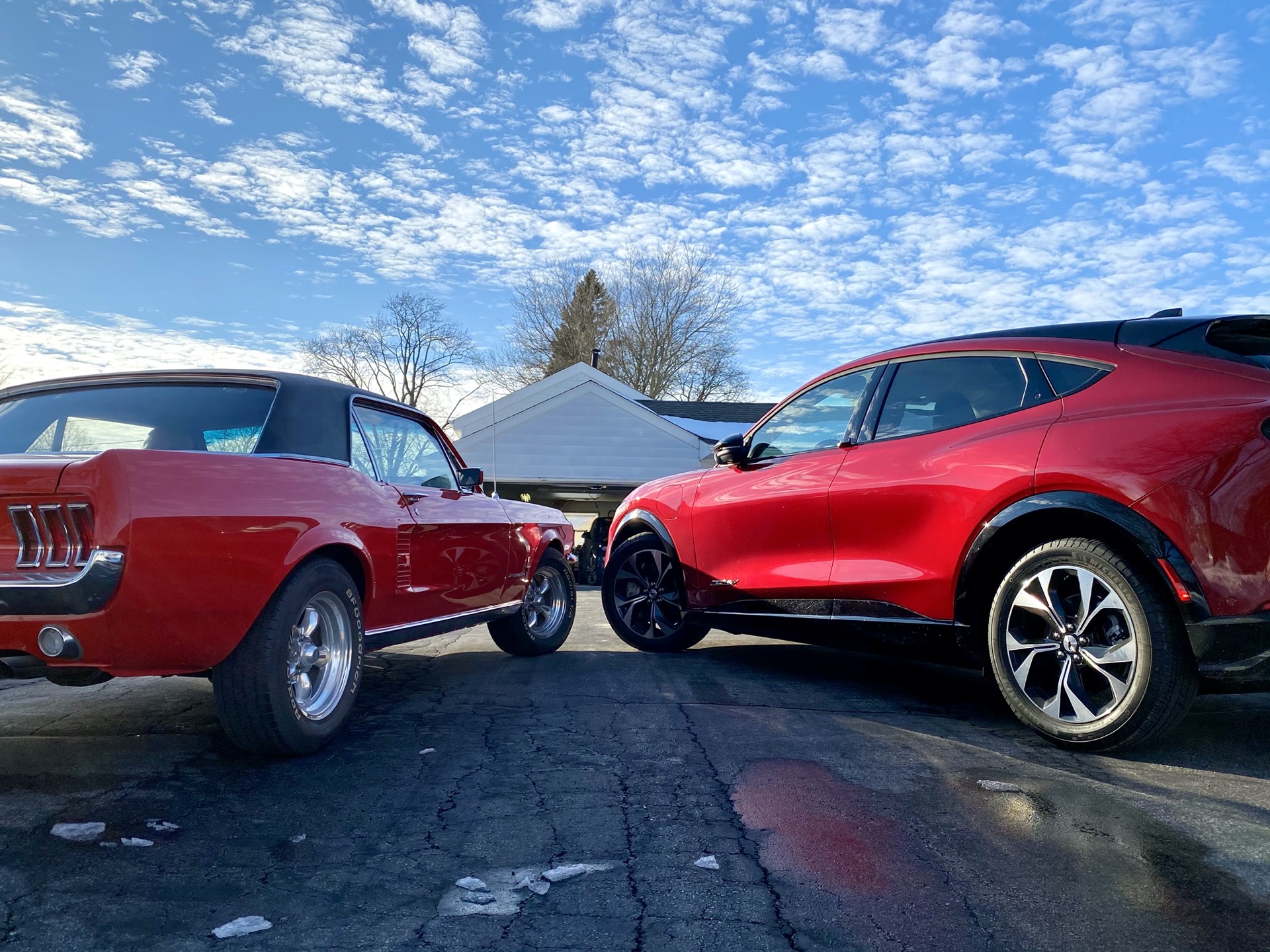US-built EVs for Hyundai, Toyota EV plans, $30,000 Fisker EV, Mini Cooper SE range: Today’s Car News

Hyundai plans to build electric vehicles in the U.S. The Mini Cooper SE gets a range boost. Fisker and the maker of the iPhone want to make a $30,000 EV in the U.S. Toyota sees just 15% of its lineup as fully electric in 2030. And we look at the 1967 Ford Mustang vs. the 2021 Ford Mustang Mach-E. This and more, here at Green Car Reports.
Fisker and Foxconn—the maker of the iPhone—have signed “framework agreements” to build a $30,000 electric vehicle in the U.S. With both companies jointly in, will the project give a troubled Wisconsin site new life making EVs?
Hyundai announced Thursday that it will build electric cars in the U.S. starting in 2022. The $7.4 billion investment includes hydrogen and mobility projects, and although there’s “a suite of American-made electric vehicles” on the way, it hasn’t yet confirmed what and when.
The Mini Cooper SE is getting more driving range. With its light refresh for the 2022 model year, it’s been retested by the EPA to yield a 114-mile range. Among urban-focused EVs, every mile counts.
By the numbers, Toyota electric vehicle plans for the next decade in the U.S., announced earlier this week, don’t exactly represent an about-face on EVs. It sees electrified vehicles making up 70% of its sales by 2030, but the majority of those will be hybrids. Battery electric and fuel-cell models will add up to just 15%.
And for a fun Friday read over at The Car Connection: How does the 2021 Ford Mustang Mach-E compare to the 1967 Ford Mustang? As Senior Editor Robert Duffer puts it, the Mach-E “celebrates the charms of the past without lingering there.”
_______________________________________

